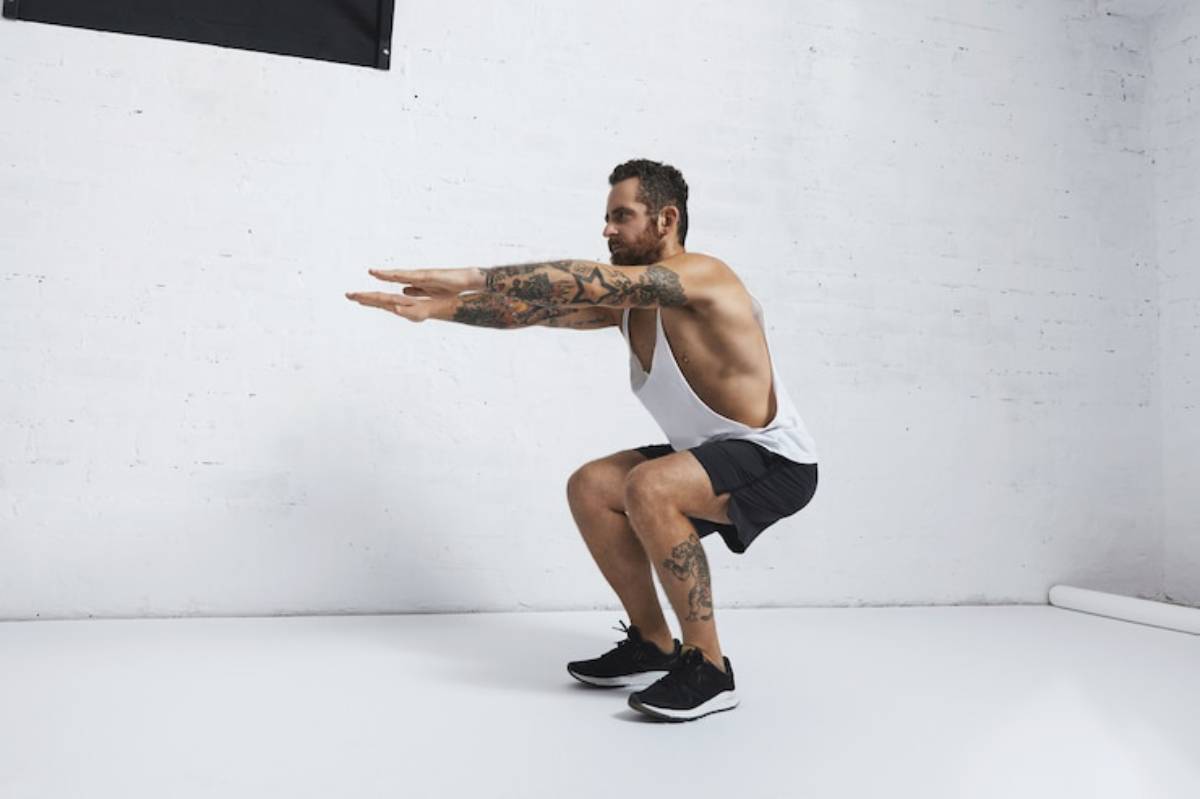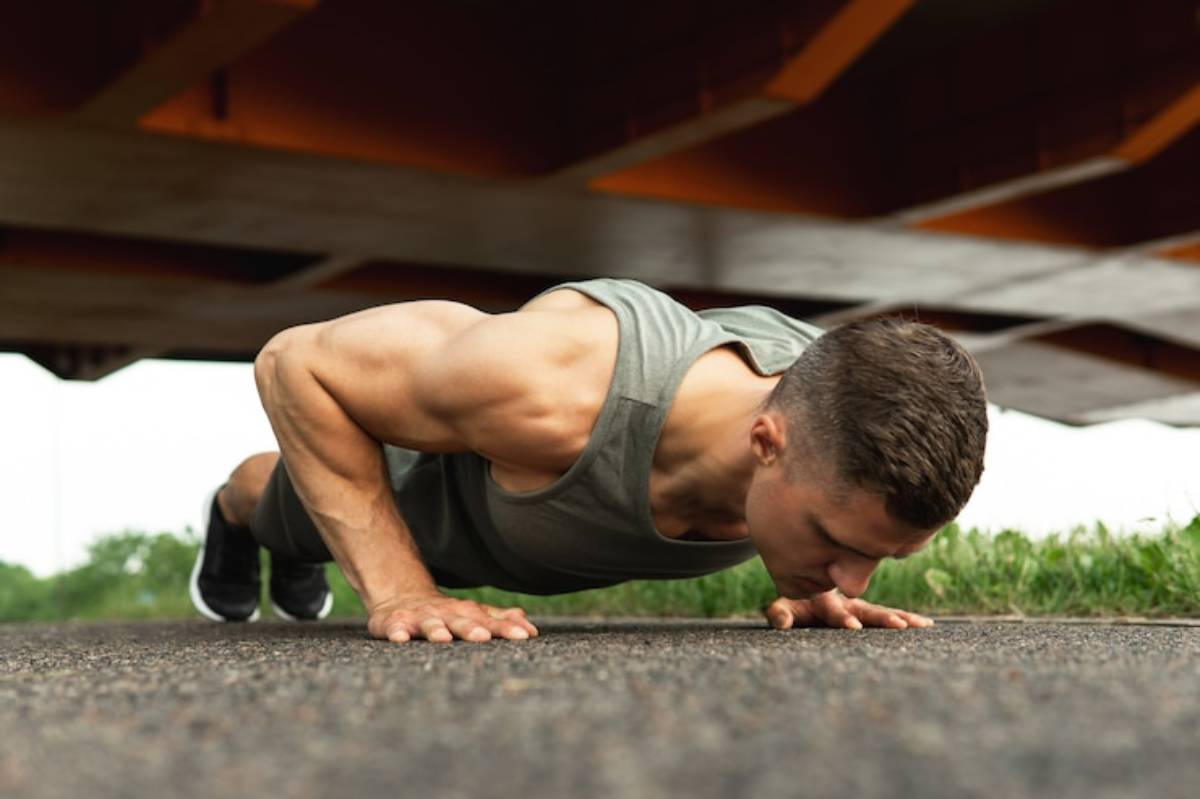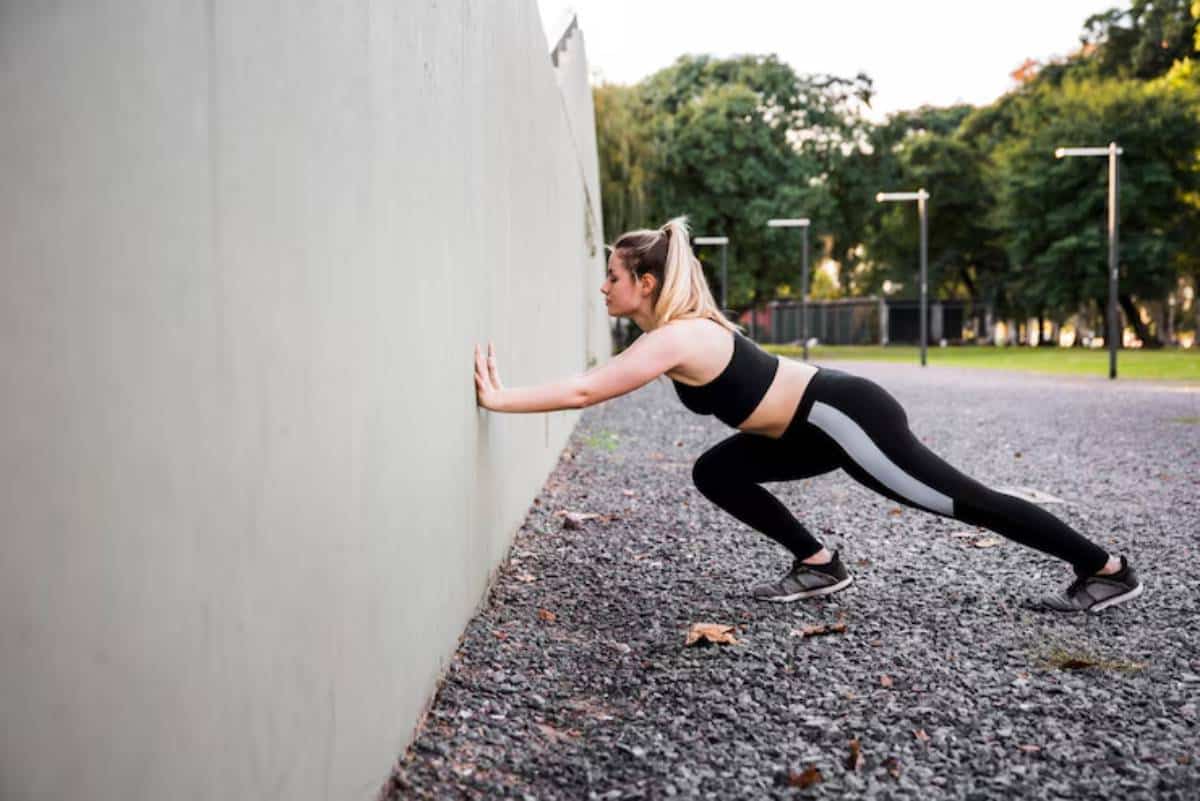
How to Achieve Progressive Overload Without Weights
You might think that serious strength gains and muscle growth are only possible if you’re surrounded by barbells, dumbbells, and fancy gym equipment. But what if I told you that your own bodyweight holds the key to unlocking next-level results?
Progressive overload with bodyweight training is not just possible — it’s incredibly effective. In fact, athletes, gymnasts, and military personnel have used these techniques for decades to build world-class physiques without ever touching a weight.
In this guide, we’ll dive into how you can achieve strength gain through bodyweight exercises, maximise muscle growth with no equipment, and keep challenging your body in smarter ways. Ready to ditch the excuses and master your body? Let’s get into it.
What Is Progressive Overload, Anyway?
At its core, progressive overload means gradually increasing the demands you place on your body. Over time, this forces your muscles to adapt, getting stronger, bigger, and more capable.
When you think of traditional strength training, progressive overload often looks like adding more plates to a barbell. But with bodyweight training, you’ll need to get a bit more creative.
Key ways to achieve progressive overload without weights:
- Increasing repetitions or sets
- Decreasing rest time
- Improving exercise difficulty (think: harder variations)
- Slowing down the tempo
- Adding instability or skill-based challenges
No heavy metal required. Just your body, gravity, and a little bit of strategy.
Why Bodyweight Training Is Perfect for Strength Gains
You might wonder, “Isn’t bodyweight just for beginners?” Absolutely not.
Bodyweight strength training can be brutally tough — just ask any gymnast or callisthenics athlete. The beauty lies in how easily you can adjust it to suit your current level, whether you’re doing your first push-up or working towards a one-arm pull-up.
Benefits of progressive overload with bodyweight exercises:

- Joint-friendly: Lower impact compared to heavy lifting.
- Convenience: Train anywhere, anytime.
- Functional strength: Builds real-world, usable power.
- Mental discipline: Mastery of your body sharpens focus and patience.
And perhaps best of all, there’s something deeply empowering about using nothing but your own body to transform your fitness.
Practical Strategies to Apply Progressive Overload with Bodyweight
Let’s break down the specific methods you can use to continuously challenge your body.
1. Increase Reps or Sets
One of the most straightforward ways to create progressive overload is to do more of the same exercise.
Example: If you can currently do 15 push-ups, aim for 18 next time. Over the weeks, you’ll accumulate greater training volume — a key driver of strength and hypertrophy.
Stick to perfect form. Sloppy reps don’t count!
2. Manipulate Time Under Tension
Time under tension (TUT) refers to how long your muscles are actively working during a set.
You can create brutal intensity by simply slowing things down.
Try this:
- Lower yourself into a push-up over 5 seconds
- Pause for 2 seconds at the bottom
- Push up explosively
That’s one rep. Feel the difference?
3. Progress to Harder Variations
If regular squats become easy, don’t just mindlessly do more. Level up the movement itself.
Progression Examples:

- Squat → Pistol squat
- Push-up → Archer push-up → One-arm push-up
- Plank → Plank with leg lift → RKC plank
Each variation increases the mechanical challenge, forcing your body to adapt.
4. Shorten Rest Periods
Reducing the time you rest between sets adds a whole new layer of challenge, pushing your muscular endurance and cardio system.
Example:
- Week 1: 60 seconds rest
- Week 2: 45 seconds rest
- Week 3: 30 seconds rest
Less rest = more fatigue = more adaptation.
5. Change Leverage and Positioning
This is a sneaky but powerful method, especially in callisthenics.
Example: Instead of a regular plank, try a front-leaning plank with your shoulders further ahead of your hands. The more extreme the angle, the harder it becomes.
Changing leverage forces muscles to work harder without adding any weight — just smart positioning.
Sample Progressive Overload Bodyweight Plan
Here’s a real-world sample plan you can start applying today.
Goal: Build strength and muscle with no equipment.
| Day | Focus | Key Exercises |
| Monday | Upper Body | Push-ups, Inverted Rows, Pike Push-ups |
| Wednesday | Lower Body | Squats, Pistol Squats, Glute Bridges |
| Friday | Full Body | Burpees, Pull-ups (bar or doorframe), Planks |
Progressive overload tactics:
- Week 1: Master basic forms, 3 sets of 12 reps
- Week 2: Add 3 reps to each set
- Week 3: Decrease rest to 30 seconds
- Week 4: Progress to harder variations
Track everything. Progress is easier to see (and stick to) when you log your reps, sets, and rest times.
Common Mistakes to Avoid
Even with the best intentions, it’s easy to stall if you’re not careful. Watch out for these common pitfalls:
1. Neglecting Proper Form
Rushing to add more reps without maintaining good technique invites injury and stalls true strength gain.
2. Not Tracking Progress
It’s impossible to overload intelligently if you don’t know where you’re starting from. Keep a simple notebook or use an app — whatever you’ll actually stick to.
3. Skipping Recovery

Remember: growth happens during rest, not during the workout. Sleep, nutrition, and smart rest days are crucial.
Real-World Success Story
Let me tell you about James — a busy dad of two who wanted to get stronger but didn’t have time (or interest) to hit the gym.
He committed to three bodyweight sessions per week in his living room. At first, he struggled with basic push-ups and air squats. But by applying progressive overload bodyweight techniques — adding reps, slowing down tempo, and switching to harder variations — he built impressive strength over six months.
By the end of his first year, James could:
- Do 20 full pistol squats on each leg
- Hold a two-minute plank
- Perform ten clean pull-ups
No gym membership. No heavy weights. Just consistency, creativity, and commitment.
Quickfire Bodyweight Exercises to Try Today
Looking for ideas to spice up your training?
Upper Body:
- Archer Push-up (for unilateral strength)
- Towel Rows (great if you don’t have a pull-up bar)
Lower Body:
- Shrimp Squat (balance + strength)
- Wall Sit with Calf Raise (brutal burn!)
Core:
- Hollow Body Hold (gymnastics staple)
- Plank to Push-up (dynamic stability)
Mix and match based on your current level, and keep chasing small, meaningful improvements.
Conclusion: Building Strength Without Weights Is Completely Possible
Progressive overload with bodyweight training isn’t just possible — it’s a powerhouse method for strength gain and muscle growth with no equipment. Whether you’re a beginner or an experienced athlete, the principles remain the same: challenge your body gradually and intelligently.
By mastering reps, tempo, harder variations, rest periods, and leverage, you can build a body that’s not just strong, but functional, resilient, and capable in the real world.
Ready to take control of your fitness journey without relying on a gym? Start applying these strategies today, and watch your strength soar.
Have you tried progressive overload with bodyweight before? Drop a comment below sharing your experience — or let me know which tip you’re most excited to try!


